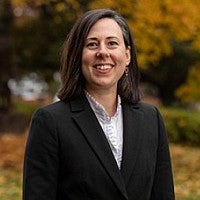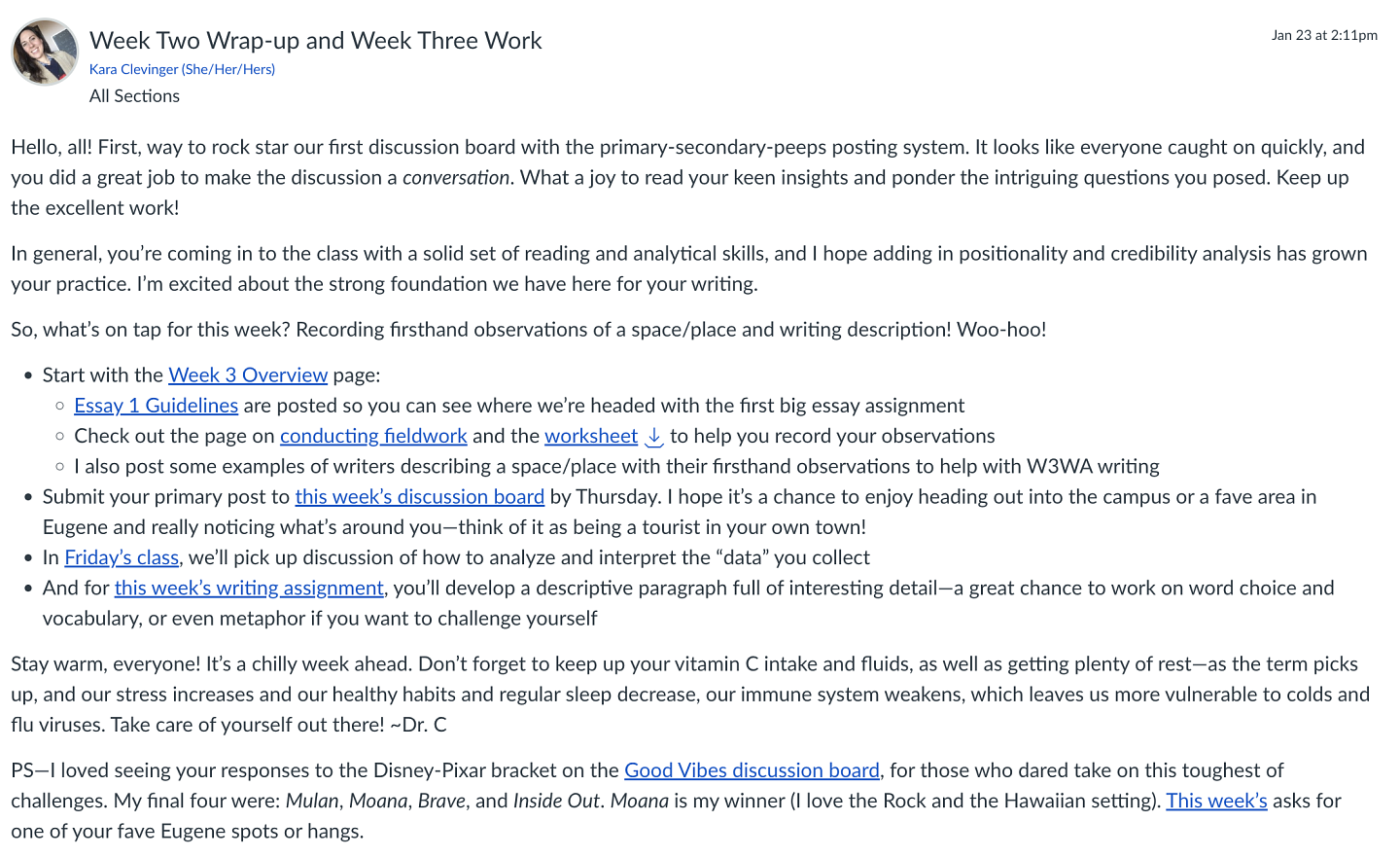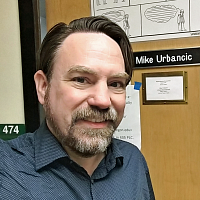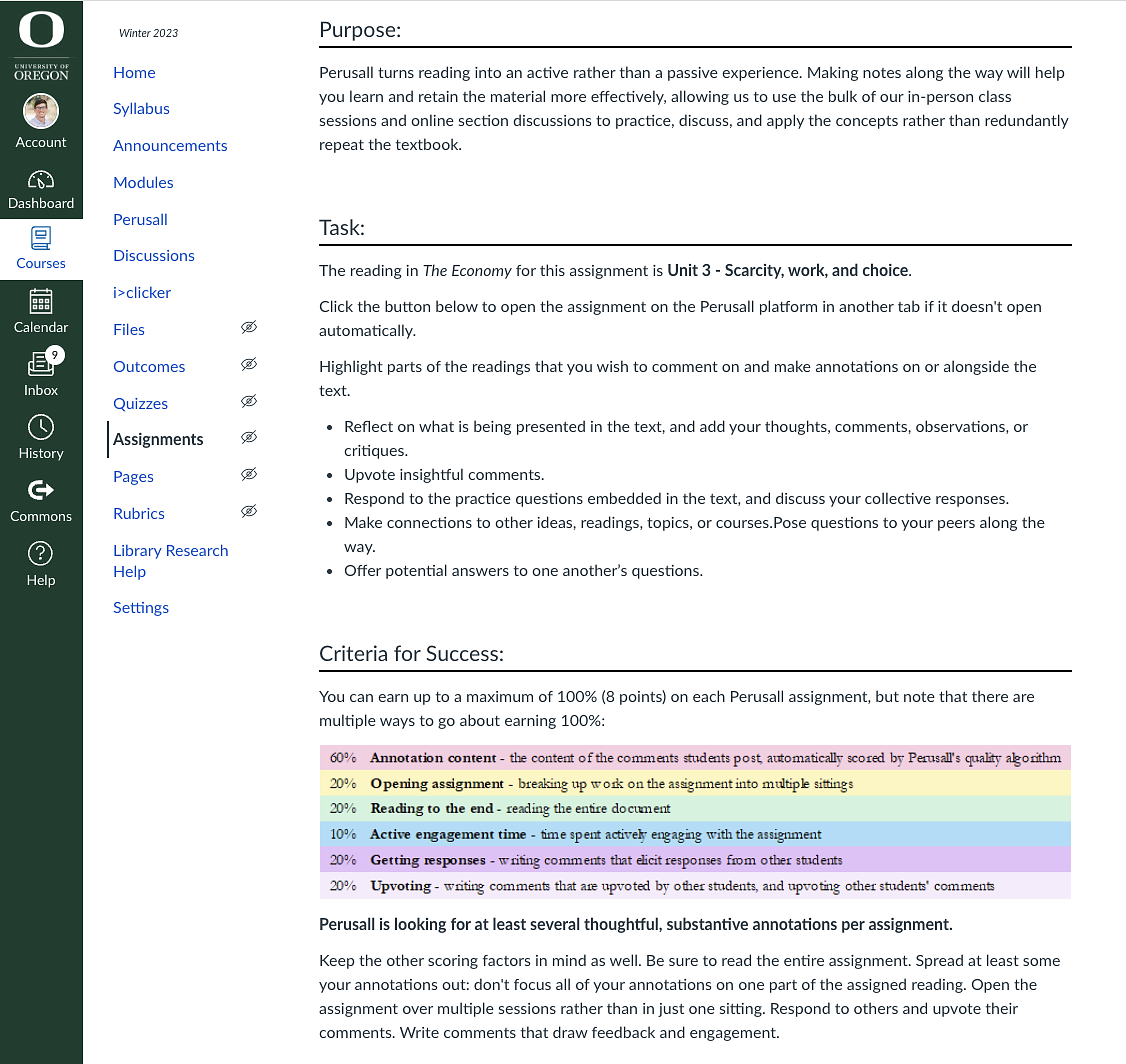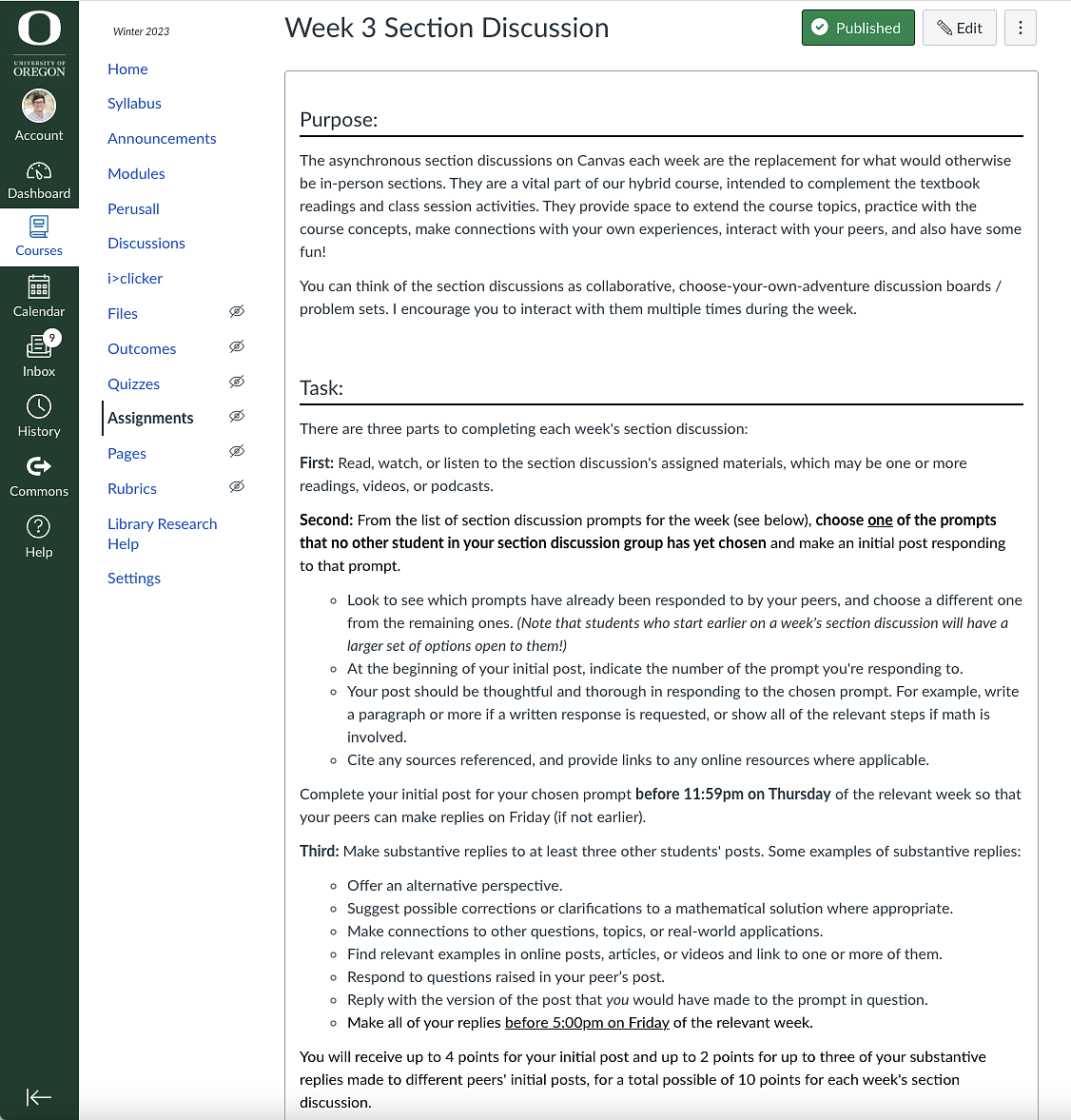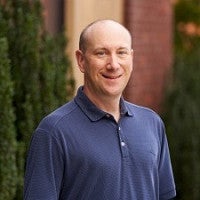To help answer these questions, a group of fifteen faculty at the University of Oregon has been working since the 2022 Summer Teaching Institute to pilot an instructional method, newly defined on our campus, called “hybrid” teaching. With the support of UO Online and TEP, these faculty are deliberately choosing what parts of their teaching work best in-person and what parts of their teaching work best online: by sequencing both instructional methods, they are creating seamless and unique learning experiences for their students. Hybrid courses, in that way, allow us to blend the best parts of in-person and asynchronous online courses. Hence hybrid courses are distinct from synchronous remote, HyFlex, or dual-location because they replace some classroom time with asynchronous online activity for all students. Officially, The Office of the Provost and the Office of the Registrar define hybrid teaching as follows:
“Hybrid classes combine reduced classroom instruction with additional online instruction. All students attend class in person, but the amount of time spent in the classroom is reduced from the standard number of meeting hours per credit and replaced by online learning activities.”
Whereas many of us had to make the best of “emergency remote education” during the pandemic, hybrid teaching is something altogether different: an opportunity for us to solve problems and focus on what we do best. Would recording your lectures give you more time to focus on live demonstrations or performance in person? Would your discussions be more productive if your students worked together to annotate their readings before showing up to class? To be sure, the joy of hybrid teaching is the creativity it affords us to tailor our teaching to our own strengths and discipline. It helps us solve recurring problems around active learning, student engagement, flexibility, and spontaneity: we can build in-person rapport and privilege engagement while also offering students some flexibility. So when students show up to class, they have more reason to be excited because the time spent is focused and high-impact.

Figure 1: An example of a two-week sequence of in-person and asynchronous instruction.

